Spanish Food and Drink Guide
When to eat
When to eat is perhaps one of the most important things to know because Spain is on a very different schedule than the United States. Typically Spaniards eat lunch around 2 p.m. or even 3 p.m. and dinner at 9 p.m. or even as late as midnight. While traveling, definitely do as the locals do and try to eat at these times. The food will likely be better, and you’ll get a better experience out of surrounding yourself with the locals.
General Foods

Tortilla de Patatas
When thinking of classic Spanish foods, tortilla de patatas is the #1 food that comes to mind. Sometimes referred to as “Spanish omelet” in English, it’s almost like a quiche without the crust with egg and potato. Sometimes other ingredients, like chorizo, might be included as well. Sometimes these are served cold, but sometimes you can also find them hot, which is how I enjoy them the most (probably the American in me).
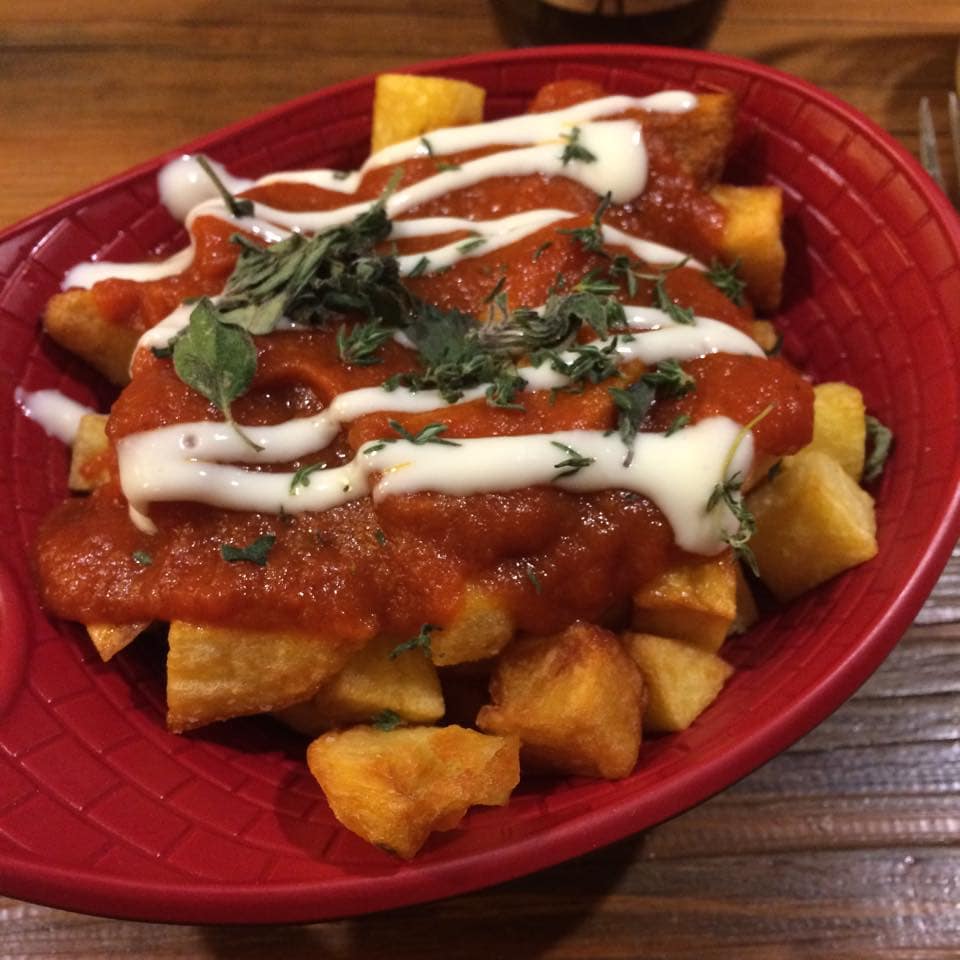
Patatas Bravas
Patatas bravas are another one of my favorite Spanish dishes. They’re basically potato wedges with this delicious tomato aioli on top. Like tortilla de patatas, you can probably find these at most Spanish restaurants.

Jamón Ibérico
While I’m personally not a huge fan of this cured meat, you can’t visit Spain without trying it. You can’t go to any tapas restaurant in Spain without seeing legs of this meat hanging from the ceiling. They even have it in the airports. I’ve been told that if you like prosciutto, then this is somewhat similar. You can find it at a lot of tapas restaurants served on top of bread or as part of huevos rotos, a classic Spanish dish with a fried egg on top of a pile of french fries, topped with jamón ibérico.
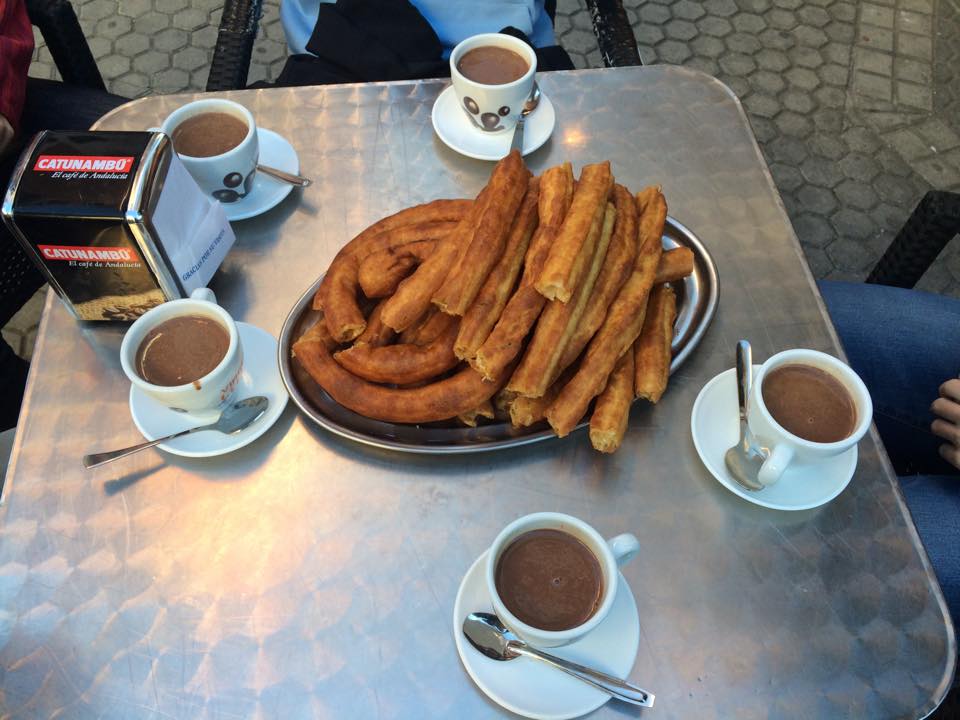
Chocolate con Churros
You also can’t go to Spain without having chocolate con churros, which is exactly what it sounds like – churros with hot melted chocolate. I never tried this, but apparently one very Spanish thing to do is go out to bars and clubs until the next morning and then get chocolate con churros for breakfast. Or you can just be like me and go at whatever odd hour you like. If you’re in Madrid, definitely go to La Chocolatería de San Gines, near Plaza Mayor. It’s the best in town and has been around since 1894. It’s also open 24/7. If you’re looking for churros in Sevilla, I’d recommend the Chocolatería Virgen de Luján in the neighborhood of Los Remedios – it’s a local favorite and a great opportunity to explore the side of the city that’s just west of the river.

Croquetas
I don’t really know how to describe croquetas other than maybe comparing them to mozzarella sticks. They’re similar, but instead of having a cheese filling inside, there can be a variety of fillings. Ham ones are common. My host mom also made some amazing spinach and cheese ones. They’re definitely great to order while eating out in Spain.
Pan con Tomate
Along with chocolate con churros, pan con tomate is a very popular breakfast dish in Spain. Basically, it’s a piece of toast that you put a tomato spread on and then drizzle some olive oil and pepper. It’s amazing – very fresh and definitely not as heavy as churros. My hostel in Madrid even had this as an option for the included breakfast, but you can also find this at many cafes.
Garbanzos
My host mom often made chickpeas and spinach as a sort of stew. Apparently it’s a common dish, especially around holy week and especially in Sevilla. It’s nothing amazing, but it’s certainly something authentic to try.
Montaditos and Bocadillos
Montaditos are basically small sandwiches that can often be found in Spanish tapas restaurants. They include a variety of different toppings and are delicious! Bocadillos are basically what you’d think of as a more normal sandwich or maybe a submarine sandwich. My host mom made some amazing bocadillos that I still miss to this day. Apparently there are some good bocadillo restaurants around Spain.
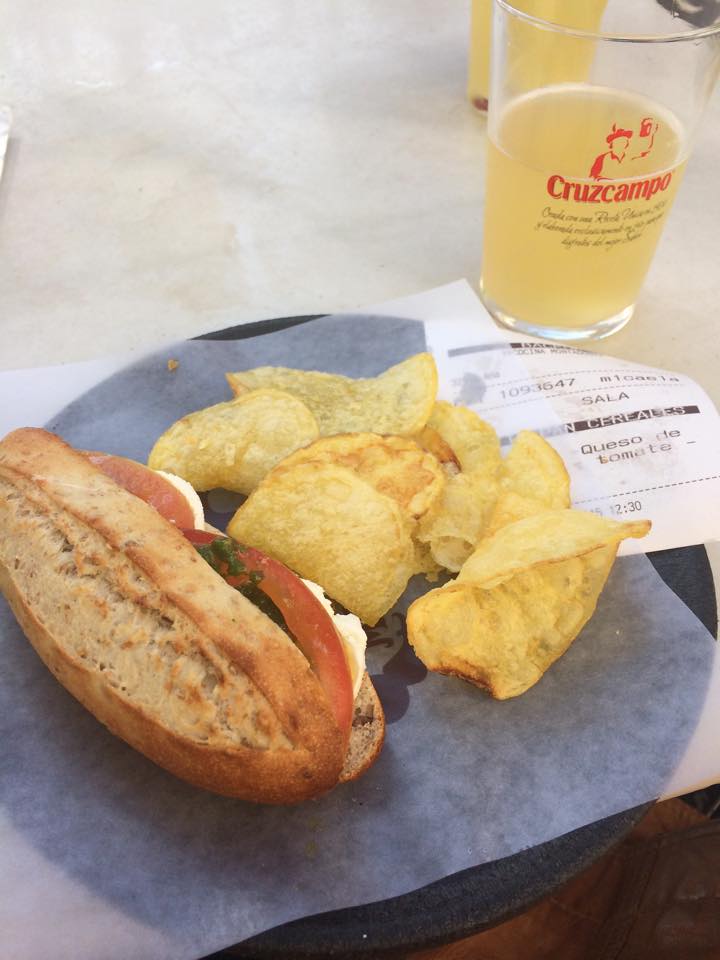
Restaurant: Cien Montaditos
Cien Montaditos is a restaurant chain that is located all over Spain, and if you go anywhere in Spain, you have to try it. The name is everything it sounds like – 100 small sandwiches. The menu literally has 100 different small sandwiches, including even a few dessert ones. They’re all so delish, and it’s a great way to try some small portions of Spanish food. It’s also super cheap! All of the montaditos are about one euro each, and on certain days of the week (Sundays and Tuesdays I think) they all are one euro. The beer and tinto de verano (see below) is cheap as well.
Beverages
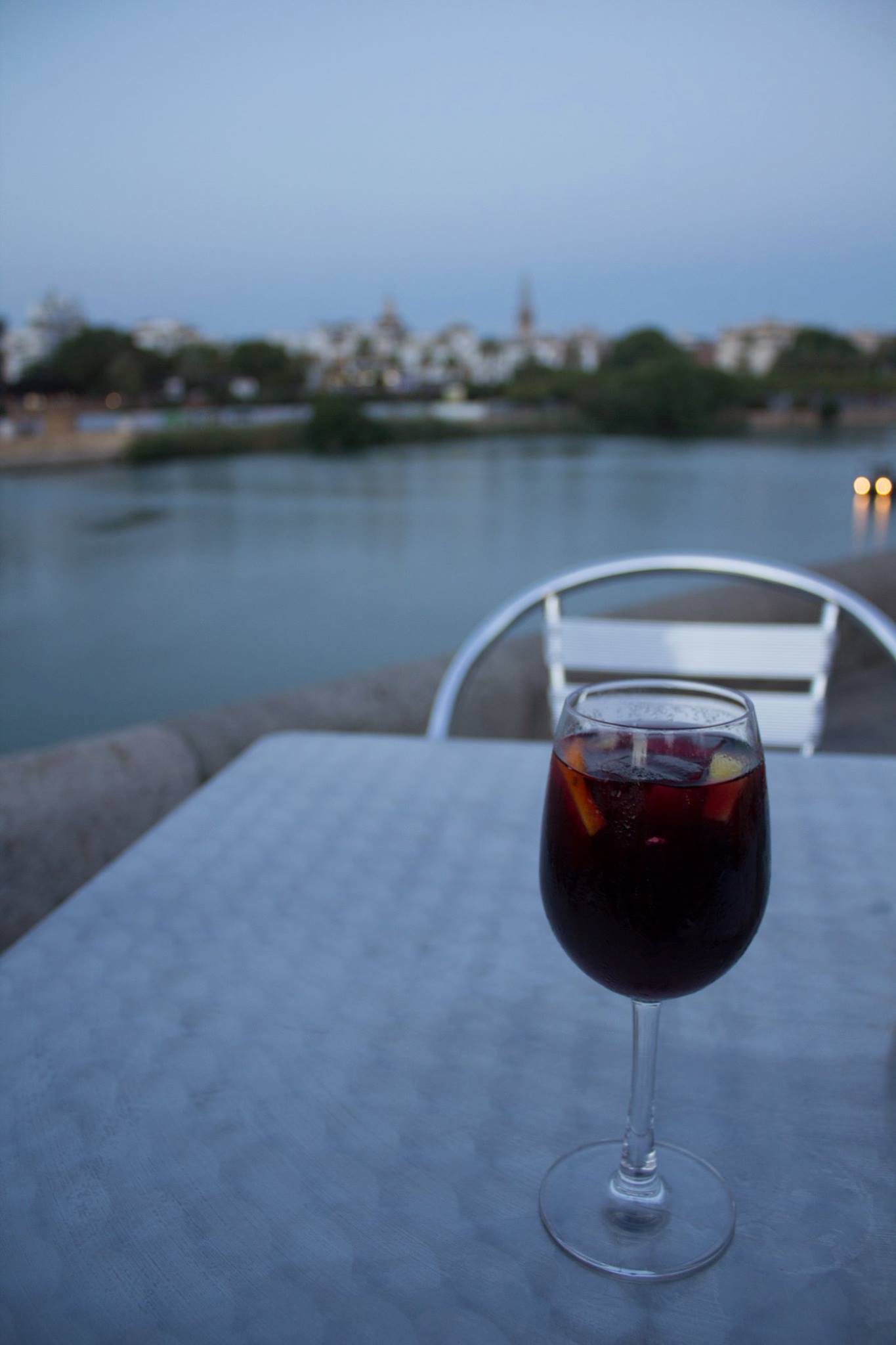
Sangria
This drink is definitely a stereotypical beverage of choice. One of my professors even told us that no Spaniards actually drink sangria, but I asked my host mom about that one, and she didn’t think that was true. Either way, it is a nice drink to sip by the beach or a river. Just be careful because it can be strong!
Tinto de Verano
Tinto de verano – a mix of red wine and lemonade – is a much more authentic Spanish beverage. I loved getting this because it was similar to sangria but not as strong and much more refreshing. Do as the Spaniards do and order this!
Regional Beer
All throughout Spain, you’ll find that most restaurants only serve one beer – whichever beer is from that region. In the south, it’s Cruzcampo. In the Madrid area, you’ll find Mahou. In Barcelona, it’s Estrella. In the north, you’ll find a lot of hard ciders too. Here’s a regional beer map.
Wine
You can never go wrong with wine in Spain. I loved it all – especially the txacoli in northern Spain. Check out this Spanish wine map for more info on what you should get where.
Pintxos vs. Tapas
Pintxos and tapas are definitely very similar, but they aren’t the same. Pintxos are always skewered to keep them held together and are usually found in the north. Tapas have no skewer and are found throughout most of Spain. Both are small portions or “small plates” as we like to refer to them in the U.S. In my experience, it also seemed that a lot of tapas restaurants were more sit-down types of places where you looked at a menu, picked what you wanted, and it was brought out to you. The pintxo bars though, tended to have all the pintxos out on the counters, where you’d order and pay then and there. I really enjoyed that style because it was easier to know what I was ordering, and it was much faster for tapear – what Spaniards refer to when they basically go tapas-hopping.
Region Specific
Northern Spain
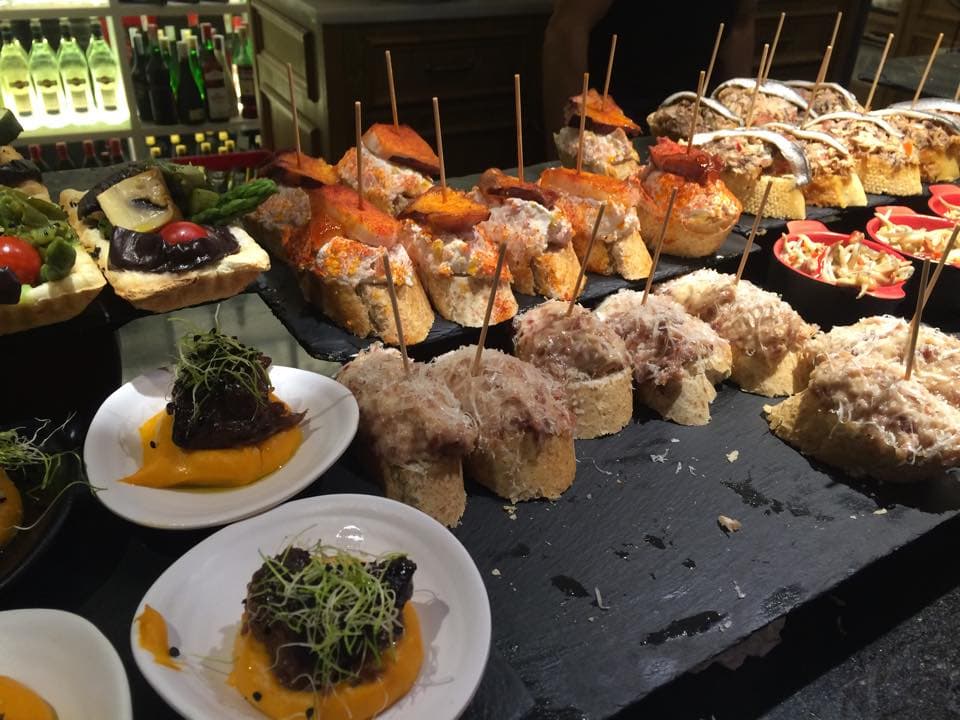
Pintxos
As mentioned above, pintxos are more common to northern Spain.
Sidrerías + Cider
Northern Spain is also known for its cider. There are many sidrerías in northern Spain, which are nice restaurants that tend to have “bottomless cider” so-to-speak. You walk up to these massive cider barrels, and fill up your cup yourself. I was very sad that I didn’t get to partake in this experience (the sidrería wasn’t open on Sunday!) and hope to the next time I’m in Spain.
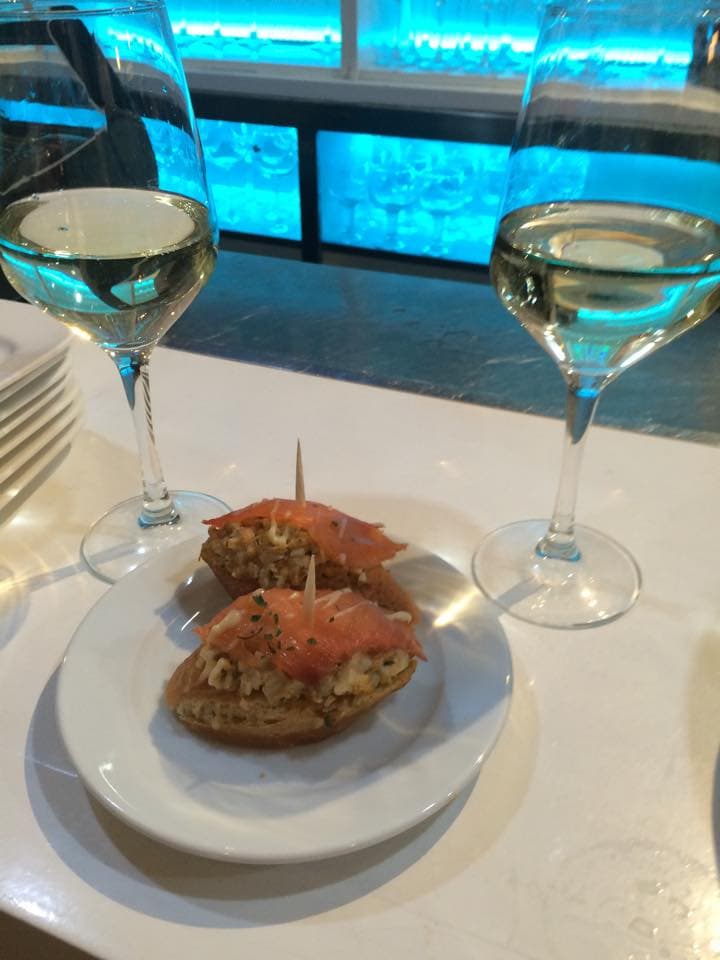
Txacoli
Along with cider, txacoli, is another great beverage of choice in northern Spain. One of my professors from there even told me to drink it when she found out I was going. It’s a delicious white wine that’s served at likely every bar in the north – or at least in the País Vasco area.
Valencia
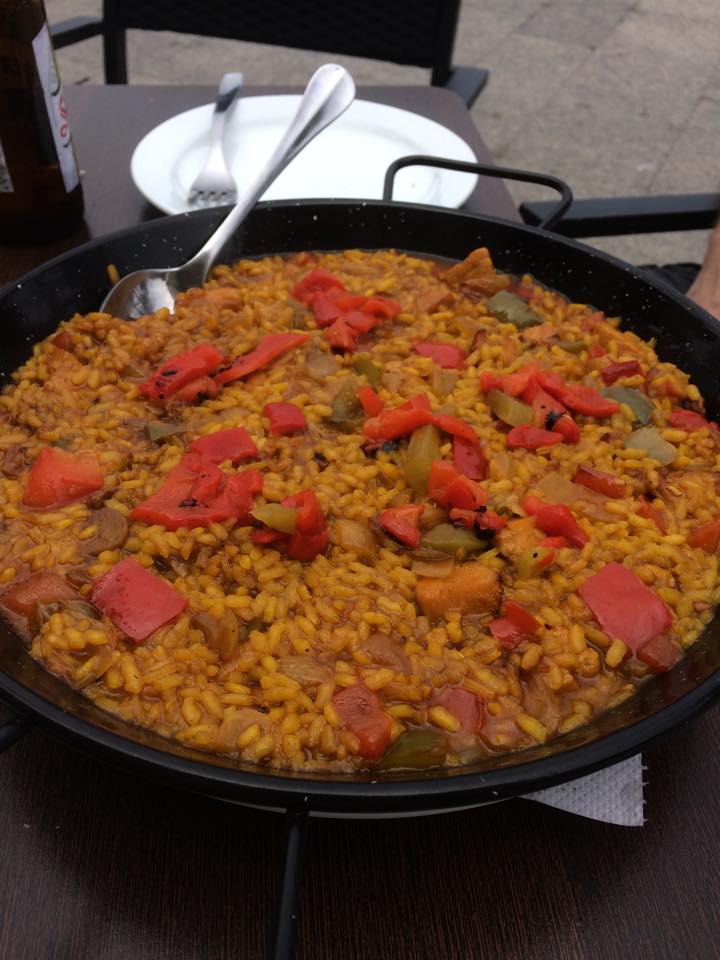
Paella
I never made it to Valencia, but they say that if you do, you have to get the paella there. Paella is probably one of the most stereotypical of all the Spanish foods, and in other parts of Spain, it’s not very good and only made for the unknowing tourists. In Valencia, however, it’s very different, as paella originates from that coastal city. If you visit Valencia, it’s definitely a must try.
Madrid
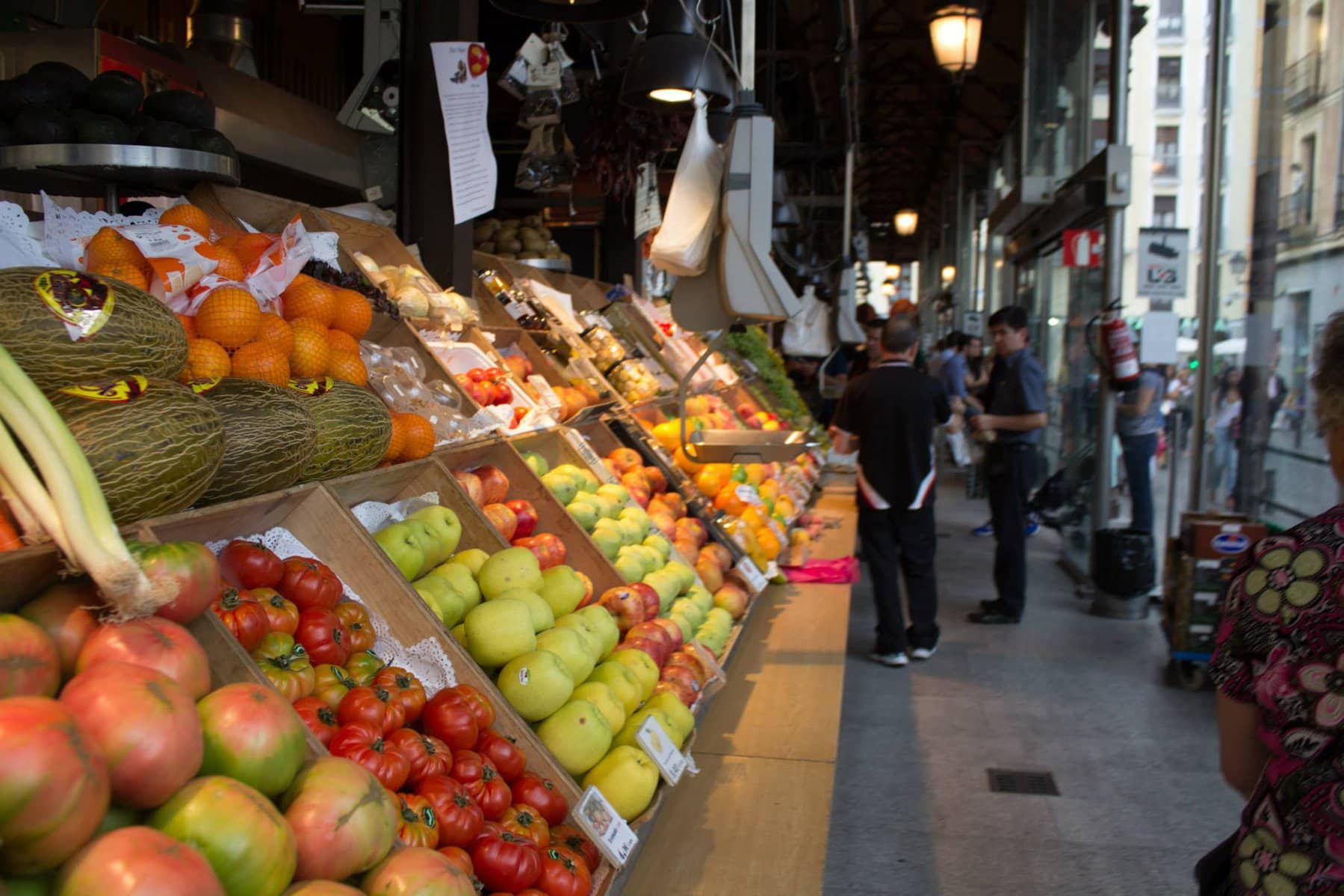
Mercado de San Miguel
This food market was absolutely my favorite place I ever ate in all of Spain. I want to go back to Madrid just for it! It’s located right by the Plaza Mayor and is full of tons of great food and drink vendors inside its doors. I loved one that specialized in different tapas with mozzarella, for example. There were some that had great wine and olives too. It’s just such a fun place to go and experience Spanish food. In my last 24 hours in Spain, I ate at this market as much as possible before my flight left Madrid to go back to the U.S. (I even picked my hostel exclusively for its close location to the market).
Bocadillo de Calamares
The bocadillo de calamares, the calamari sandwich, is apparently a very madrileño thing to get, and you’ll see them all over Madrid. I personally am not very into calamari, so I didn’t end up trying it, but it’s something very typical of Madrid.
What foods have you ordered in Spain that you loved? Which Spanish foods or drinks have you ordered that are typical to a certain region? Please share in the comments below!